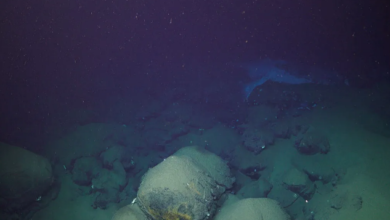Sodium high-pressure transformation can tell us about the interiors of stars, planets

The application of intense Sodium high pressure within stars and planets has the capability to transform metals into nonconducting insulators. A recent study, led by the University at Buffalo, delves into the chemical bonding mechanisms responsible for this high-pressure phenomenon, focusing on the transformation of sodium.
READ: Firework-Related Ocular Trauma Higher in Areas Without Firework Bans
While conventional wisdom posited that high pressure merely forced sodium’s electrons out into the interatomic spaces, quantum chemical calculations from the researchers reveal that these electrons remain firmly bonded to the surrounding atoms, challenging previous assumptions.
Sodium high
The study, published in the journal Angewandte Chemie, not only addresses the specific question of why sodium becomes an insulator but also opens avenues for predicting the behavior of other elements and compounds under extreme pressure.
Eva Zurek, Ph.D., a professor of chemistry at the UB College of Arts and Sciences and co-author of the study, emphasizes the broader implications, stating, “Predicting how other elements and chemical compounds behave at very high pressures will potentially give insight into bigger-picture questions.” These questions include understanding the interiors of stars, the generation of planets’ magnetic fields, and the evolutionary processes of stars and planets.
The research builds upon the theoretical predictions of physicist Neil Ashcroft, and Jeffrey Neaton’s groundbreaking work from two decades ago, challenging the notion that materials always adopt metallic properties under high pressure.




